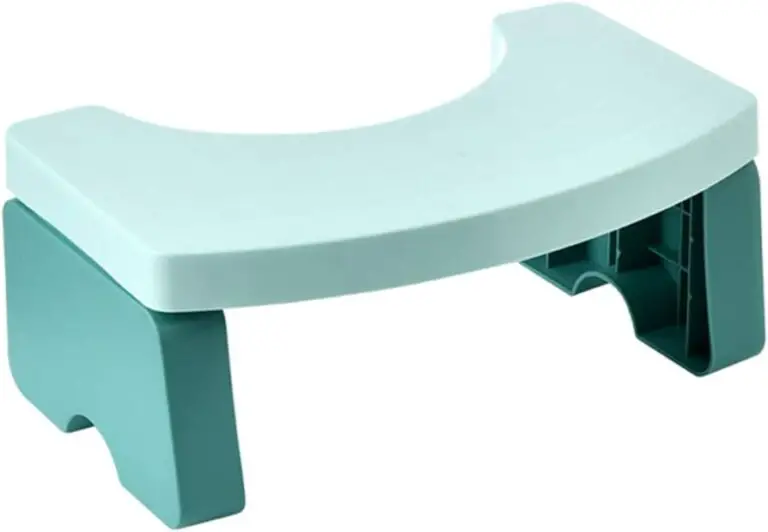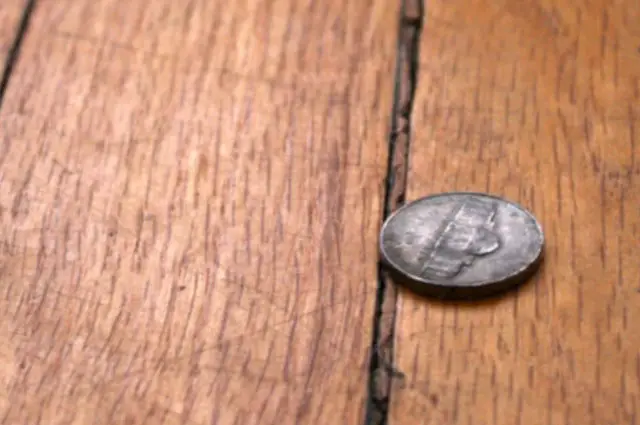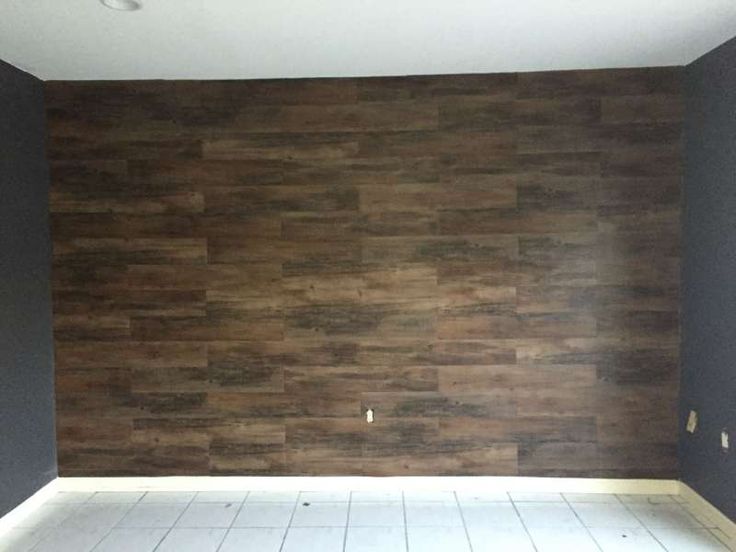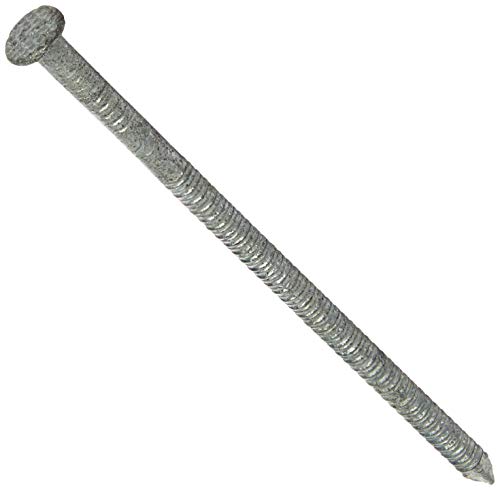Is Teak Wood Good for Cutting Boards : The Ultimate Guide for Kitchen Enthusiasts
When it comes to choosing the right material for your cutting board, the options can be overwhelming. There are numerous factors to consider, such as durability, maintenance, and sustainability. One material that often stands out in the selection process is teak wood. Renowned for its strength and water-resistant properties, teak wood has been used for centuries in boat building, furniture making, and even cutting boards. In this article, we’ll explore the qualities of teak wood and its suitability for cutting boards.

Credit: dalstrong.ca
The Qualities of Teak Wood
Teak wood, scientifically known as Tectona grandis, is native to South and Southeast Asia. It is a tropical hardwood tree known for its exceptional durability and weather resistance. Teak wood contains natural oils and rubber that make it resistant to water, insects, and rotting, making it an ideal choice for outdoor and water-exposed applications. These same qualities also make teak wood an excellent option for cutting boards.
Durability
One of the most desirable qualities of teak wood is its exceptional durability. Its tight grain and high oil content make it resistant to scratching and denting, ensuring that your cutting board remains in top condition for years to come. This durability makes teak wood cutting boards an excellent investment for home cooks and professional chefs alike.
Water Resistance
Teak wood’s natural oils and rubber content make it highly resistant to water damage. Unlike other woods that can warp or crack when exposed to moisture, teak wood maintains its integrity in wet conditions. This water resistance is crucial for cutting boards, as they are frequently exposed to water during cleaning and food preparation.
Low Maintenance
Another advantage of teak wood cutting boards is their low maintenance requirements. The natural oils present in the wood help to repel moisture and prevent the growth of bacteria, making teak wood cutting boards easier to clean and maintain compared to other types of wood. Regular oiling can help to maintain the board’s appearance and prolong its lifespan, but overall, teak wood cutting boards require minimal upkeep.
Sustainability
As the demand for sustainable and eco-friendly products continues to rise, the use of teak wood for cutting boards raises questions about its environmental impact. Teak wood is known for being responsibly harvested and is often sourced from well-managed plantations. When purchasing a teak wood cutting board, it’s essential to ensure that the wood is certified by reputable forestry organizations to guarantee its sustainability.
Alternatives to Teak Wood
While teak wood offers numerous benefits for cutting boards, there are alternative materials to consider. Some popular options include maple, walnut, cherry, and bamboo. Each material has its own unique characteristics, and the choice ultimately depends on individual preferences and priorities. Maple, for example, is known for its hardness and resistance to bacteria, while bamboo is prized for its sustainability and rapid growth.
Frequently Asked Questions Of Is Teak Wood Good For Cutting Boards : The Ultimate Guide For Kitchen Enthusiasts
Is Teak Wood Good For Cutting Boards?
Teak wood is excellent for cutting boards as it has natural oils that resist moisture and bacteria.
How Durable Is Teak Wood For Cutting Boards?
Teak wood is highly durable and resistant to warping, cracking, and splitting, making it ideal for cutting boards.
What Makes Teak Wood Suitable For Cutting Boards?
Teak wood’s natural oils and tight grain make it resistant to water, bacteria, and food stains for a hygienic cutting surface.
Can Teak Wood Cutting Boards Be Used For Hot Items?
Yes, teak wood cutting boards can withstand hot items as they resist heat and maintain their structural integrity.
Conclusion
In conclusion, teak wood is an excellent choice for cutting boards due to its exceptional durability, water resistance, low maintenance, and sustainability when responsibly sourced. While there are other viable options available, teak wood stands out for its natural properties that make it well-suited for food preparation and kitchen use. When selecting a cutting board, it’s essential to consider the specific qualities of the wood and assess how they align with your preferences and needs.





